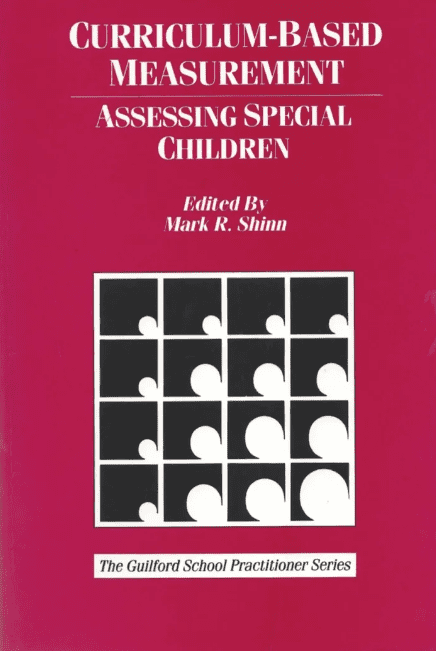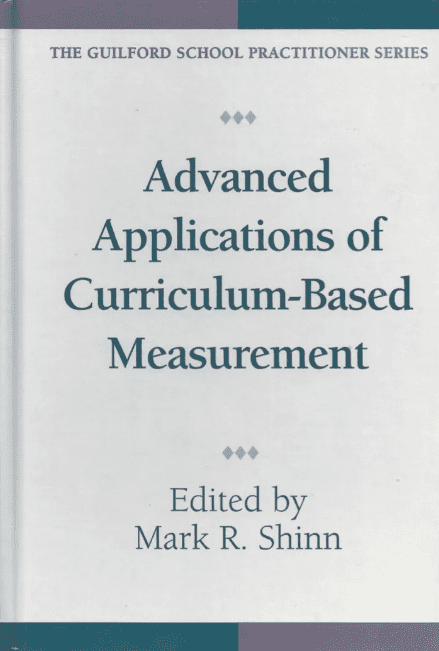An Authentic EARLY Reading CBM Solution for Kindergarten and Grade 1: Highly Decodable (HD) Passages
For many years, kindergarten and Grade 1 teachers expressed frustration about MTSS Benchmarking for Reading progress monitoring and screenin, including dyslexia. Their reading tests were pre-skills (LNF, ISF, NWF, etc., that (a) only gave small “snapshots” of what reading skills might come later, (b) were combined into weird composites that made no sense, (c) were not especially authentic, and (d) took more and more time as more “snapshots” were added until finally something authentic and reliable and valid like R-CBM could be used.
Nonsense words (NWF) were unsatisfactory. They worked “best” when students could read “real words” in mid-first grade! Reports of teachers actually teaching nonsense words were widespread. Now that (finally) schools are giving the Science of Reading its due, authentic assessment of READING aligned to early decodable words has been called for as soon as possible. These Highly Decodable Passages are a solution.
These 10 Highly Decodable (HD) passages are of equivalent difficulty and have been field tested thoroughly after a process of analysis described in the
accompanying technical manual. Highly reliable >.90, more sensitive than NWF, and valid with respect to other measures of reading, they enable educators to SEE and HEAR reading.
Emma, a Grade 1 student, read this sample passage below as part of her school’s Winter Benchmark Assessment Plan

Emma read 133 Words Correctly with 5 Errors an impressive Quantitative Score. Importantly, it is easy to hear the QUALITY of her reading that can be scored holistically.
See How Emma Grew When She Read Earlier! The Tests Are Sensitive to The Effects of EARLY Quality Reading Instruction!
With a Discontinue Rule of reading fewer than 5 WRC, students who are failing to benefit from scientifically based reading instruction can be detected early and have their instruction modified. Teachers and parent of students who are successful can be confident instruction is working!
Listen to Emma read from a HD passage in March of Kindergarten and see how it was scored. Listen carefully.

She read 44 Word Correctly with 4 errors. This score would be impressive compared to peers. Plus, we can HEAR some developing Qualitative Features that you can learn more about in the technical manual.
Look at her Growth Chart showing her OWN progress and compared to a normative group from the Midwest!

The green box is average readers, the blue line is above average readers. Emma was a Well Above Reader in K and was making Outstanding Progress in her reading program!
PURCHASE THE HD PASSAGES AND MANUAL INCLUDING BENCHMARK PASSAGES, DOWNLOAD FREE A SAMPLE PASSAGE AND A SUPPORTING RESEARCH PAPER ON THE PRODUCTS PAGE!
PASSAGES FOR INDIVIDUAL USE ARE $29.00
INSTITUTIONAL LICENSES ARE $99.00

Curriculum-Based Measurement: Assessing Special Children (1989)
This edited book by Mark R. Shinn is now out of print. It sold over 10,000 copies in paperback and over 900 in hardcover! Referred by many as the: “red book," it featured a seminal chapter by Stan Deno on Problem Solving that still rings true today, plus a valuable chapter on goal setting by Lynn Fuchs and Mark R. Shinn. Other CBM originalists contribute chapters that stand the test of time and are worth keeping. Comments or annotations are welcome to be posted on the blog page.
Advanced Applications of Curriculum-Based Measurement (1998)
This edited book by Mark R. Shinn also is now out of print. It sold 3285 copies and, to my frustration, was only offered in hardcover, and to me, that limited sales. This book had the opportunity to fill in some serious gaps that had been identified over time, including an introductory chapter by Shinn and Bamonto that I thought did a nice job of clarifying a number of points of confusion about CBM that had emerged over the years. Additionally, the book contains chapters on areas where CBM use has been expanded, including students below Grade 1, English Learners, and students with diverse backgrounds. Comments or annotations are welcome to be posted, if possible, on the blog page!

